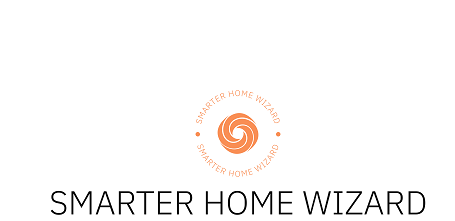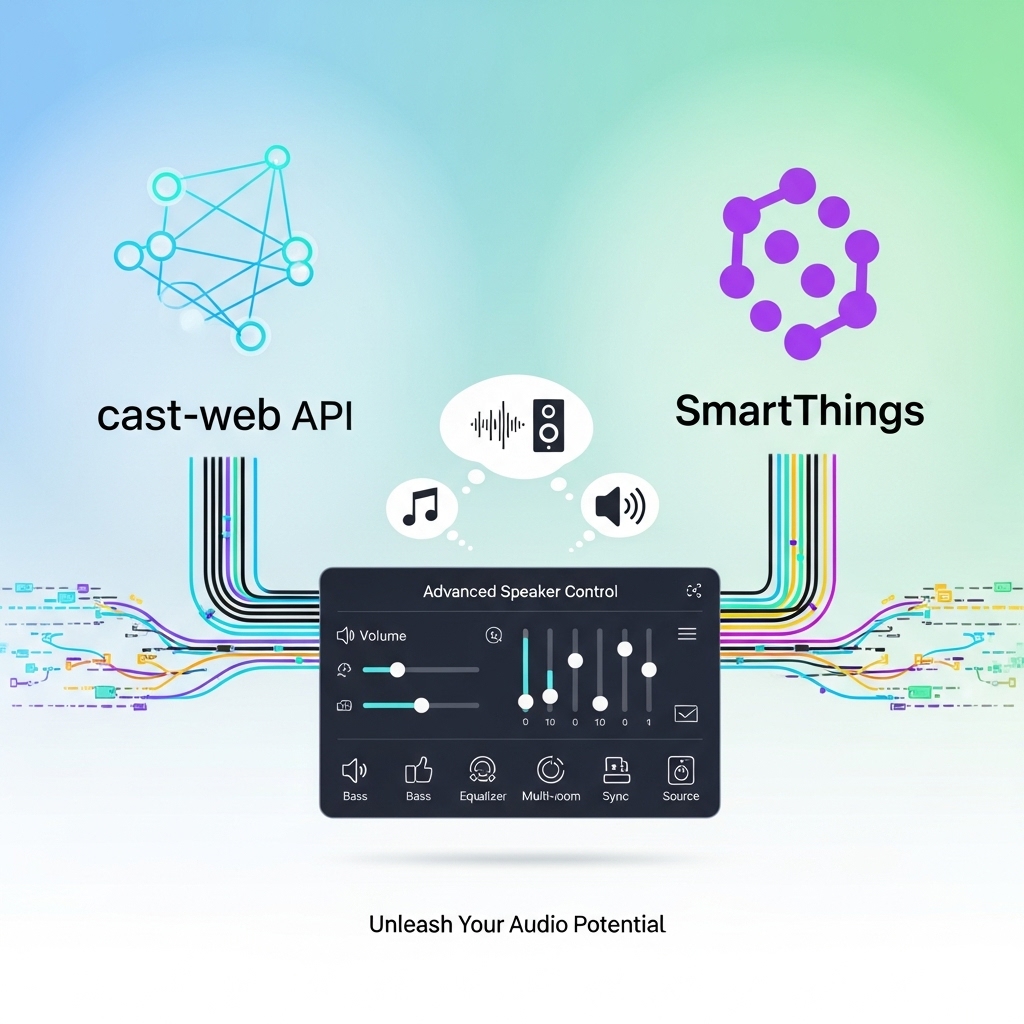If you use SmartThings to automate your home, you’ve probably wanted more control over your Google Cast devices — like speakers, Chromecasts, or Nest Hubs. That’s where the cast-web API comes in. This custom integration bridges SmartThings with your Google Cast ecosystem, allowing you to send commands, automate playback, and synchronize audio across rooms effortlessly. With the right setup, you can create routines that announce messages, play music, or even trigger specific playlists when motion is detected or someone arrives home.
Introduction
If you’ve ever wished your SmartThings automations could talk, play music, or deliver voice alerts through your Google Cast devices, you’re in for a treat. The cast-web API is a powerful community-driven integration that connects SmartThings with your Chromecasts, Google Home, and Nest speakers, giving you a whole new level of control over your smart audio system. 🎧
With cast-web API SmartThings commands, you can do far
more than just play music — you can automate announcements,
trigger sounds when sensors are activated, or even start
playlists when you arrive home. Imagine your hallway speaker
saying Welcome back!
as your front door unlocks, or your
office Chromecast starting a focus playlist when
motion is detected. 🚪🎶
The magic happens through the RESTful API
provided by cast-web, which translates SmartThings events into
commands that your Cast-enabled devices can understand. Once
configured, you can send actions like
play
,
pause
,
set volume
,
speak
, or even
play a specific URL
— all from your SmartThings routines or web requests.
This guide will walk you step-by-step through:
- ⚙️ Setting up the cast-web API server
- 🔗 Connecting it with your SmartThings hub
- 🧭 Using custom commands for advanced speaker automation
By the end, you’ll have a seamless, voice-enabled home where your speakers become part of the SmartThings ecosystem — reacting to motion, presence, or schedules automatically. 🌐✨
Whether you’re an audio enthusiast or a SmartThings power user, this integration turns your home into an intelligent soundscape — one that not only listens but also speaks back. 🏠💬
Main
🎯 What Is cast-web API and Why Use It?
The cast-web API is an open-source integration that allows SmartThings to communicate directly with your Google Cast devices, including Chromecast, Google Nest, and Google Home speakers. It acts as a bridge between the SmartThings platform and your audio network, letting you control playback, volume, and even voice notifications through simple automation commands. 🔗
Unlike standard SmartThings audio controls, the cast-web API enables more advanced features, such as:
- 🎙️ Text-to-Speech (TTS) announcements on any Cast speaker
- 🎵 Multi-room music playback control
- ⏯️ Play, pause, and volume commands triggered by SmartThings routines
- 📢 Dynamic alerts — e.g., “Front door opened” or “Motion detected”
In short, it makes your smart home more interactive, responsive, and connected.
⚙️ Step 1: Set Up the cast-web API Server
Before using commands, you’ll need to install the cast-web API server on a device that stays online — such as a Raspberry Pi, NAS, or local PC. This server will handle all communication between SmartThings and your Cast devices.
🪜 Installation Steps:
- 1️⃣ Download the latest version of cast-web API from its official GitHub repository.
- 2️⃣ Install Node.js (if not already installed) and run
npm installinside the project folder. - 3️⃣ Start the server using
node server.js— it should display your Cast devices once detected. - 4️⃣ Make sure the device running the server remains powered on and connected to the same network as your speakers.
Once running, the API provides a local endpoint (for example,
http://192.168.1.10:3000
) that SmartThings can use to send commands.
🔗 Step 2: Connect SmartThings to the API
Next, you’ll connect your SmartThings hub to the running API. This can be done by adding the custom cast-web SmartApp and device handler (available in the community repository).
🔧 Connection Process:
- 1️⃣ Log into your SmartThings IDE and go to My SmartApps.
- 2️⃣ Add the cast-web SmartApp code and publish it “For Me.”
- 3️⃣ Go to My Devices and add the cast-web device handler.
- 4️⃣ In the SmartThings app, open the new SmartApp and enter your server’s local address.
- 5️⃣ Scan for devices — all detected speakers should appear automatically. ✅
After setup, each speaker or group will appear as a controllable device inside SmartThings.
🧭 Step 3: Use SmartThings Commands
With the integration complete, you can now send direct commands through automations, routines, or HTTP requests. The cast-web API supports a range of RESTful commands such as:
/play— Start media playback/pause— Pause playback/setVolume?value=60— Adjust volume level/speak?text=Welcome+home!— Play a TTS announcement/playMedia?mediaURL=https://example.com/song.mp3— Play custom media
You can trigger these actions via SmartThings Automations, WebCoRE, or even direct web requests — allowing you to sync your audio devices with motion sensors, doors, switches, or time-based routines. 🔁
🌐 Example Automations
- 🏠 Arrival Alert: When your presence sensor detects you, your living room speaker says “Welcome back!”
- 🚪 Security Notification: If motion is detected while you’re away, a Cast device announces “Movement detected in the hallway.”
- ⏰ Morning Routine: Play a daily news podcast automatically at 7:00 a.m.
✨ Final Thoughts
Integrating cast-web API SmartThings commands transforms your speakers into smart, responsive devices that react to your environment. Whether you want automated greetings, custom alerts, or synchronized multi-room music, this setup gives you the flexibility to create a truly immersive home automation experience. 🎶
Once you’ve configured your server and connected SmartThings, you’ll never think of your Cast speakers the same way again — they’ll become the voice of your smart home. 🏡💬
Table of contents
Editorial Process
Warning
Tags






